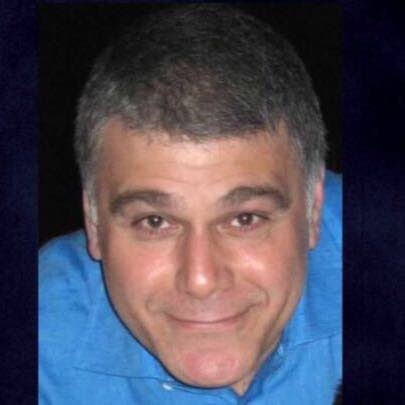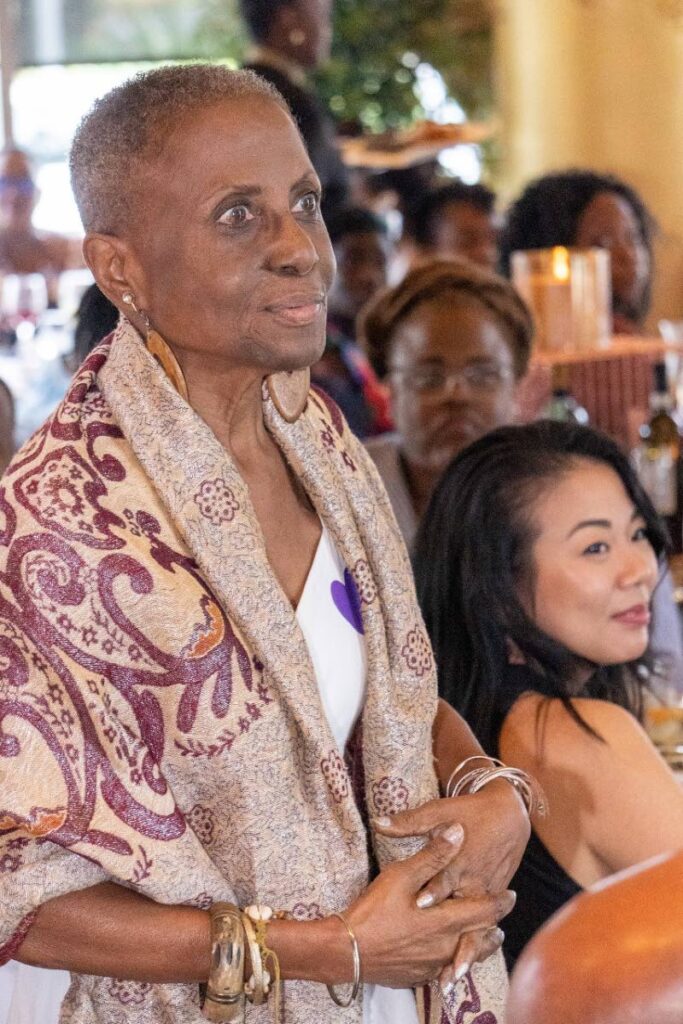Pancreatic cancer: the search for a cure

World Pancreatic Awareness Month is observed in the month of November. This story is the first of a two-part series on pancreatic cancer. The second will explore the experiences of patients and oncologists in battling the disease.
PANCREATIC cancer is like an ambush on the body, developing rapidly, relentlessly and without remorse.
In most cases, pancreatic cancer patients are diagnosed at an advanced stage when surgery and treatment prove futile. Patients and their families are often told by doctors to prepare for "the inevitable" which usually happens in a matter of months.
For this reason, the John E Sabga Foundation (JESF) and similar organisations around the world are desperate to advance research for effective remedies.
World Pancreatic Cancer Day is recognised on November 17 amidst a month-long observance. JESF heading a series of initiatives to raise awareness and encourage participation in its efforts to raise funding for research.
JESF, a member of the World Pancreatic Cancer Coalition – a body comprising 100 organisations from 40 countries – is led by cancer advocate Natalie Sabga, whose husband John Sabga died from pancreatic cancer in 2017, nine months after he was diagnosed, at just 54.
As uncommon as pancreatic cancer seems, it has taken other well-known victims at home, including writer and curator of Facebook's Virtual Museum of TT Angelo Bissessarsingh, who died in 2017, at 34.

Bissessarsingh stands out as an anomaly, as he was diagnosed two years before his death, at the fourth and last stage of the cancer.
Perhaps one of the longest survivors of pancreatic cancer locally, Candy Chin Choy, was diagnosed 11 years ago.
Legendary tenor Luciano Pavarotti, Jeopardy host Alex Trebek, singer Aretha Franklin and Apple founder Steve Jobs are just some of the many world-famous figures who have died from the disease.
Sabga and her husband spared no expense and effort in search for a successful remedy, as remote as the chances were, she told Newsday.
"We went all over America (after the diagnosis). We went from the east coast to west and saw many doctors in search of a cure or at least some sort of treatment, and nothing worked.
"When I came back to Trinidad, I was so defeated, because I realised that (with) pancreatic cancer, the drugs are not getting through to the pancreas because the pancreas tumours normally have a tissue around it called a stroma (a dense layer of tissue which creates difficulties in treatment reaching the tumour)."
PanCan, a leading international organisation dedicated to the fight against pancreatic cancer, notes that the cancer begins when abnormal cells in the pancreas grow and divide out of control and form a tumour.

The pancreas is a large gland behind the stomach which secretes digestive enzymes into the duodenum (the first part of the small intestine, connected to the stomach).
"Organs, like the pancreas, are made up of cells. Normally, cells divide to form new cells as the body needs them," according to PanCan's website.
When cells get old, they die, and new cells replace them. Sometimes this process goes wrong.
"New cells form when the body does not need them, or old cells do not die."
The extra cells may form a mass of tissue or a tumour. While some tumours are benign, malignant (invasive) tumours, or cancer, grow out of control and spread to other tissues and organs.
"Even when the cancer spreads to other areas of the body, it is still called pancreatic cancer if that is where it started," the organisation explains. "Pancreatic cancer often spreads to the liver, abdominal wall, lungs, bones and/or lymph nodes."

The JESF's primary goal, Sabga said, is to promote research to develop treatments that are effective enough to penetrate the stroma.
Pancreatic cancer is currently treated with surgery, chemotherapy and/or radiation.
Surgery is useful in early detection, giving patients their best hope for survival.
Chemotherapy requires drugs to help kill cancers and may be used by patients in advanced stages to control cancer growth and prolong survival.
Radiation, the use of high-energy beams, destroys cancer cells. It is used before and after surgery, or in combination with chemotherapy.
There is also palliative care, which is used to relieve pain and other symptoms and improve the patient's quality of life, often when treatment has failed.
Sooner rather than later, Sabga hopes pancreatic cancer will no longer be a "death sentence," as breast cancer was often considered a few decades ago.
"The drugs (to treat pancreatic cancer) may be good but it cannot penetrate (the stroma), so I thought if I looked at breast cancer...25 years ago it was a death sentence. Now (most people) today can get breast cancer today and live 30, 40, 50 years."
But, typically, patients with pancreatic cancer only live for a few months longer than they did 40 years ago, Sabga said.
"Let's say, 40 years ago you might die in four-six months, now it's six-nine months. Some people make it to 12. So I realised research was the important factor here."
Sabga said, treatment for breast cancer and survival rates only improved when women started demanding better and organisations started raising funds, bringing the issue into the spotlight.
"The problem with pancreatic (cancer) is, people are so devastated because the loss is usually very, very quick. They don't want to hear anything about pancreatic cancer any more.
"But this is a disease that is now globally on the rise, so it's imperative that we get awareness, education. And the mission of the foundation to help the people of TT to understand what the subtle signs and symptoms are."
The cancer may be on the rise globally, owing to the common contributing factors, such as a family history of pancreatic cancer, diabetes, smoking, obesity, pancreatitis (inflammation of the pancreas), heavy alcohol consumption and advanced age.
Environmental factors, such as air pollution, contact with toxic fumes and materials at the workplace, and eating processed meat may also be contributors.
The cancer is detectable at various stages, but is often only diagnosed "by chance" when a patient visits a doctor for one or more associated symptoms, which include jaundice (yellowing of eyes/skin and itchy skin), mid-back pain, sudden weight loss, loss of appetite, stomach pain, indigestion, new-onset diabetes and visible changes in stool.
"Our grandparents...there wasn't that much cancer in those days. Now, you find younger and younger people getting cancer. It's because of our lifestyle.
"Now, doctors have discovered that sudden onset (of diabetes) after 50 years old (plays a key role). They should, for vigilance' sake, take a closer look."
In such cases, Sabga said an MRI (magnetic resonance imaging) should be done.
"That's what happened with my husband. Next thing you know, he had this chronic pain by his belly. Oftentimes (this) is confused with acid reflux."
Someone who has such a pain for more than three weeks should undergo further testing.
"We want people to understand that after three weeks, if you're still showing these signs of a chronic belly or back pain, go to your doctor."
While Sabga strongly believes pancreatic cancer is on the rise locally as it is around the world, data to verify this assertion is scarce. Figures suggested by oncologists and other doctors, she said, will likely be inaccurate, because TT lacks a cancer registry.
"So many times when people die of pancreatic cancer, it's lumped into gastrointestinal cancer.
"We don't really have accurate statistics, but somehow (more) people are saying they know someone who's been diagnosed.
The JESF's theme for its observance of this year's World Pancreatic Awareness Month – Let's Make Purple the New Pink – Sabga said, was to "reinforce that we want the purple ribbon to become known for pancreatic cancer just as the pink is (representative of) breast cancer."
To mark the occasion, the foundation offered food and gifts to patients at the St James Radiology Centre, as it does yearly, and hosted an appreciation luncheon for local oncology nurses.
Additionally, it observed World Pancreatic Awareness Day with its inaugural Purple Trott (a play on the name Trotters, a restaurant owned by her husband) – a walk around the Queen's Park Savannah, with the the support of Tatil, Mille Fleurs and Whitehall, which were all lit up in purple for the occasion.

Comments
"Pancreatic cancer: the search for a cure"